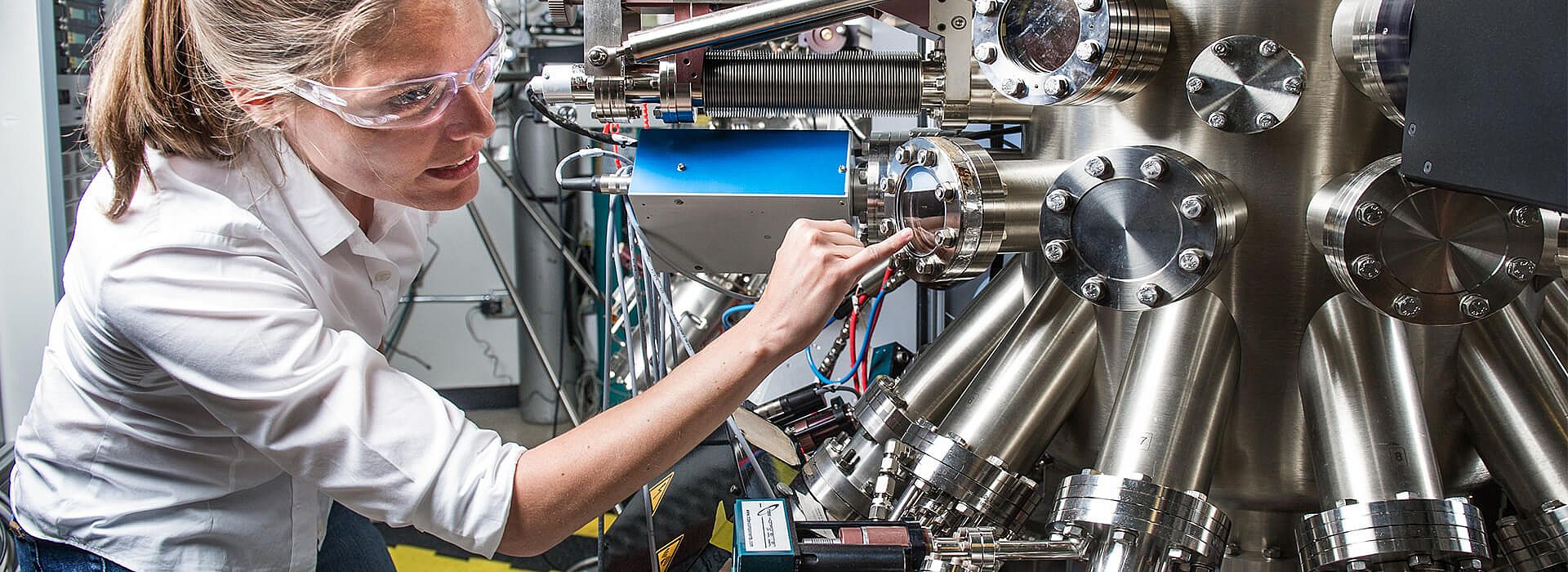Complex processes requires extensive manual effort
Setting up a high-grade digitalized industrial manufacturing process requires a large number of manual steps, beginning with the programming for the control logic of individual robots and extending to the configuration of the monitoring processes. It can take six months or more before a robot becomes operational.
Apart from the considerable amount of time it takes, digitalized industrial manufacturing also requires a high degree of specialized know-how. For that reason, the digital processes known under the umbrella term “Industry 4.0” are employed for the most part only when static production plans are involved. Their long operational life cycle – roughly five years – helps to justify the extensive preparation and programming effort. These processes can also be economically feasible when it involves the manufacture of high-quality goods. Comparatively speaking however, such products are seldom in demand.
Does that mean that robots or even 3D printing, the latter which has proven to be relevant especially with prototyping, are reserved solely for the big players? Will small-to-medium enterprises be left behind?
Semantic digital twins: the IBM and fortiss approach
We have recently been able to answer this question with an unequivocal no. In cooperation with IBM, the project Automated Configuration of Robots and Analytics in I4.0 with Digital Twins (ACRA4DT) was developed. The aim of the project was to develop easy-to-use and economically-feasible configurations and analysis solutions for robot-based industrial production in small-to-medium enterprise environments. After slightly less than one year of intense research activities, thanks to this concept we can now introduce a solution referred to as semantic digital twins, a special form of the digital twin.
Robots essentially generate huge amounts of data on an-going basis. Whether this data is used or merely stored, all in the spirit of a connected production system, is irrelevant at first. If an outage occurs however, most companies react based on the principle of hope, just like before. They pull out all the stops in an attempt to troubleshoot the problem, but in the end, it often comes down to the experienced colleague who knows the system like the back of his hand. While he can offer support with his technical know-how, this approach to service and maintenance is anything but efficient. And what about the data? In most cases, it’s completely forgotten as a potential source of information.
From hope to knowledge-based representation
But that’s also completely understandable. After all, filtering out the key information from the time sequences and numbers, which is what the data is usually composed of, is a nearly impossible task for the lay person. It’s possible only if you know how the robot was designed to function; in other words only if you know the process from A to Z.
And this is precisely what the researchers at fortiss are focusing on, developing a semantic model that describes what the robot should do, and then providing the so-called semantic digital twin, a digital twin from IBM, with this information. Thanks to machine learning, this digital representation is able to constantly learn, detect deviations in the data and create an alert if required. If an error occurs, the employee can react faster and better. And since the twin can detect even the smallest anomaly, it reacts before the production lines come to a halt, thus clearing the way for predictive maintenance.
Thanks to the combination of a semantic (knowledge-based) model and the power of AI, even small-to-medium enterprises have access to robot-supported production technology with the digital twin for robots. The simplified operation and maintenance offsets the lack of specialized know-how and shortens the lead-time to commissioning of the technology. This makes the use of robots economically feasible, even for small-batch production and prototype manufacturing environments.
Outlook: gaining practical experience with industry
As so often happens, with this project “the devil was in the details”. IBM and fortiss quickly discovered that the robots deliver so much data to the cloud, that the processing first has to be put on hold. While the first phase of the project answered a wealth of important questions, the digital twin also has to prove itself in the real world. For this reason the focus of the next phase of the project will be on practical, on-site pilot tests with companies, despite the covid 19 pandemic. Companies interested in collaborating on such a test with IBM and fortiss can contact Dr. Bashar Altakrouri (altakrouri@de.ibm.com).



